
Asparagus is one of the most widely used vegetable in Europe. It’s is very easy to grow, simple to use and super healthy to eat. Here are some facts about this lovely spring vegetable and tips on how to use it in cooking.
Origins
Aparagus used to be classified in the lily family but this group was split and it now belongs to Aspargaceae. It is native to most of Europe, Western Asia and North Africa. It was known in ancient Egypt and Greece, although primarily used as medical remedy and an aphrodisiac. Asparagos means young buds in Greek. About 2000 years ago the Romans began to consume it as food – it was particularly popular as an appetizer. Later it became a luxury vegetable for the European aristocracy. Nowadays it’s a common vegetable. In some countries (for example in Germany) white asparagus is more popular than green, whilst in Italy purple asparagus is a particularly trendy gourmet vegetable.
The Plant
The asparagus is not a particularly demanding plant. It is simple to grow – even in a small vegetable garden. These perennial plants can carry on yielding for 15 to 20 years. They can be grown from seeds but these take longer to establish themselves than propagating from the root crowns. Established asparagus plots yield most plants when you dig up the crowns, divide and replant them. Each asparagus is usually 10-20 cm long and can be green, white or purple.Click here for more information.
Nutritional value
Asparagus has significant nutritional value, but it is important to be aware that green asparagus is much healthier than white asparagus. Asparagus is 95% water and it’s fat-free. It has low carbohydrate (sugar) content and is very low in calories (20 Kcal/100g). It does not contain any cholesterol, but is high in digestible fiber. Also it’s rich in vitamins A, B, C & E and in folic acid, potassium and chlorophyll (green varieties). Moreover, asparagus is a good source of calcium, phosphorus, iron, tin, silicon and molybdenum.
Health effects
Asparagus has been an important remedy in folk medicine for centuries because:-
- It’s excellent diuretic – it’s used for kidney stone removal.
- It has detoxifying effects on the liver, kidneys, skin (but mostly its raw juice!).
- It’s a laxative, so it’s good against constipation.
- It stimulates the metabolism.
- Good for blood circulation – purifies blood , lowers blood pressure, stimulates blood formation.
- It’s alkalizing.
- It’s ideal on a weight loss diet and is suitable for many other diets e.g, diabetes, maternity, menopause.
- It stimulates the immune system.
- It’s a good remedy against insomnia.
- Protects the skin against wrinkles and from acne
- Strengthens hair and nail structure.
- Reduces inflammation.
- Its high content of vitamin B6 enhances desire and stimulates fertility – so asparagus is established as an aphrodisiac not just because of its form!
After eating asparagus urine of most people gets darker in colour and develops a characteristic odour. But, rather strangely, only a minority of people can smell it!.
In the next part of this feature you’ll be able to read tips aboutcooking with asparagus>>














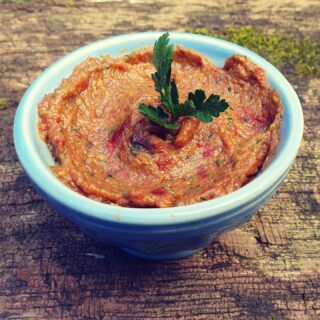



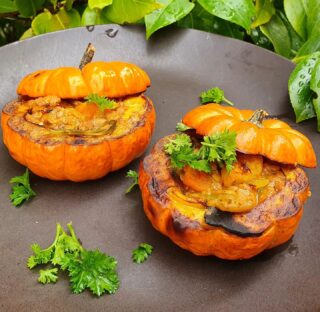
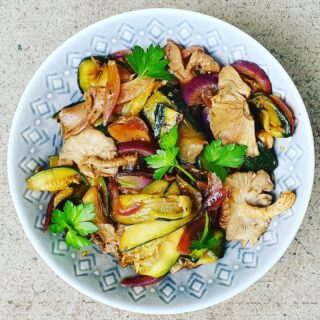
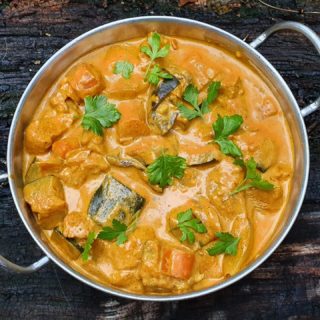


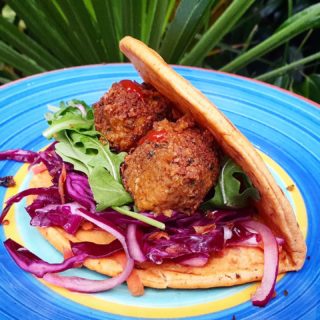
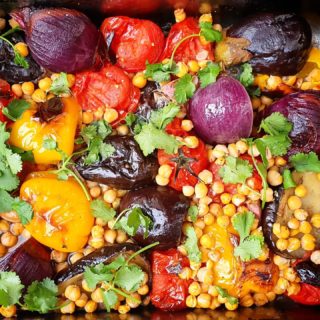
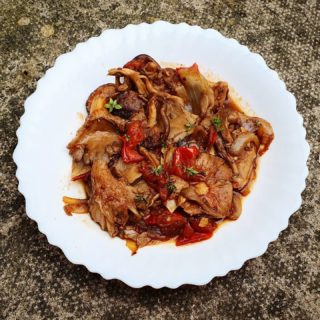

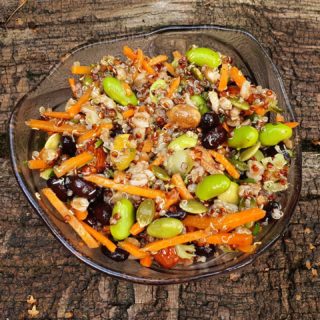
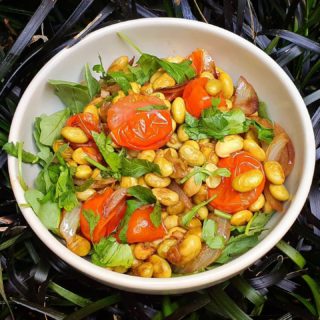
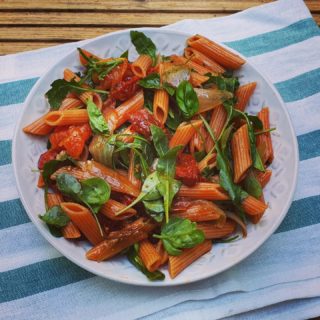
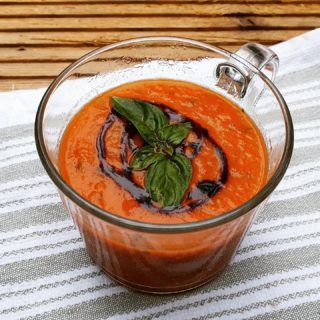
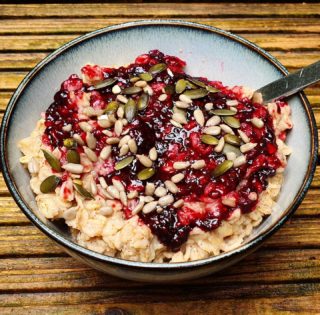



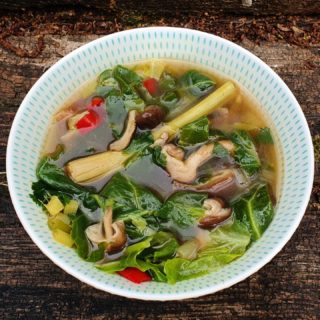
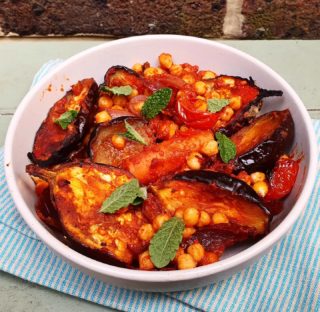

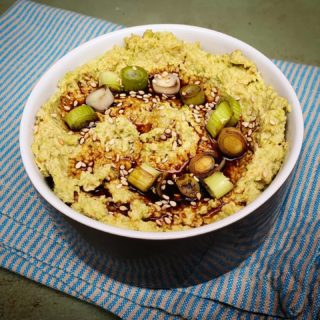

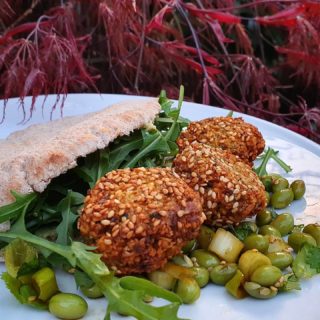
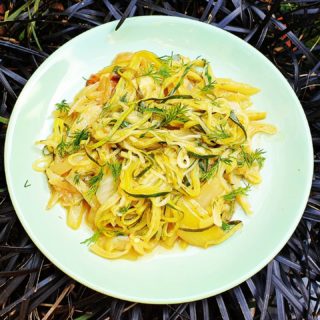
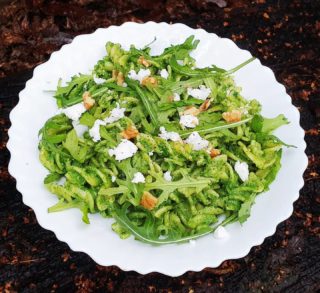
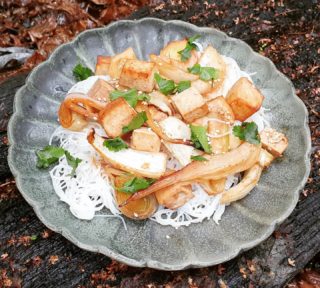
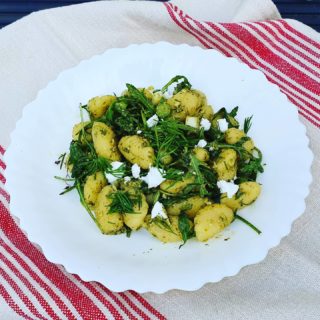
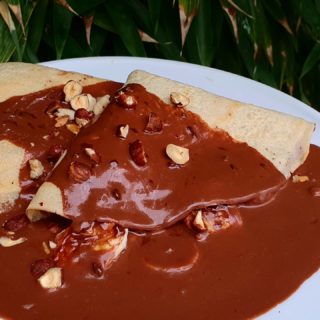




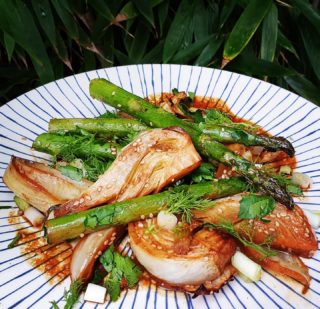
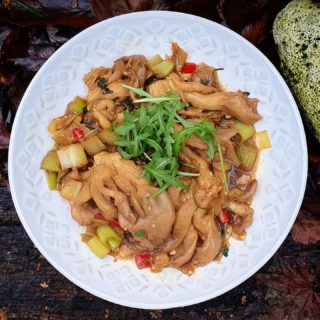





No comments yet.